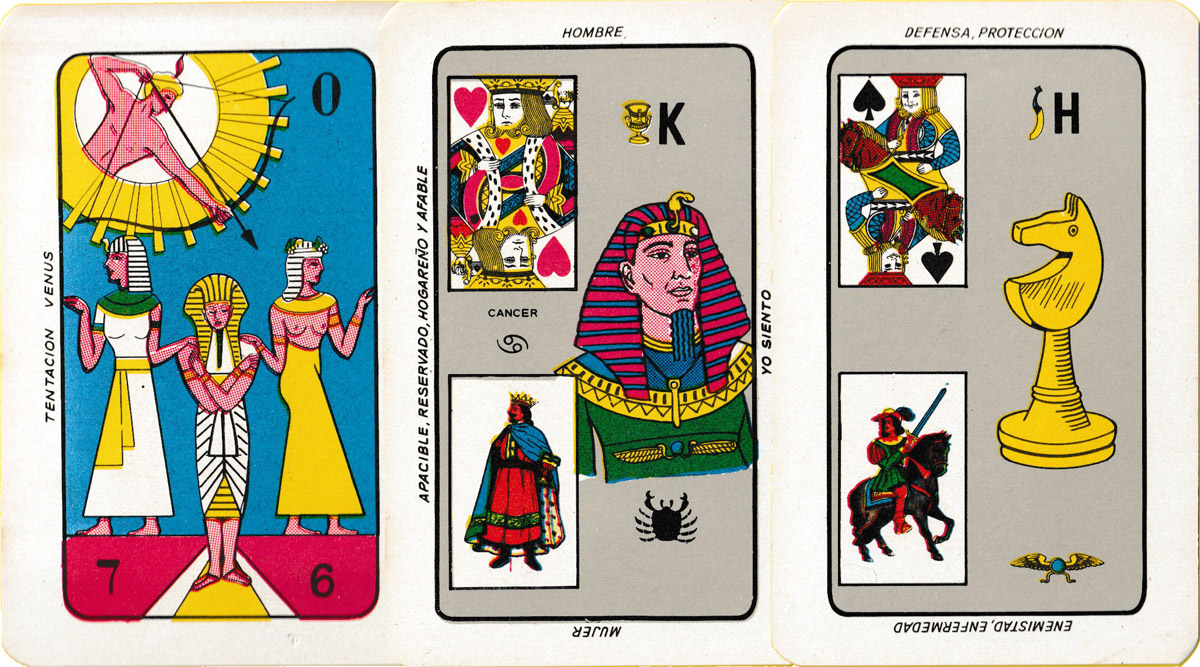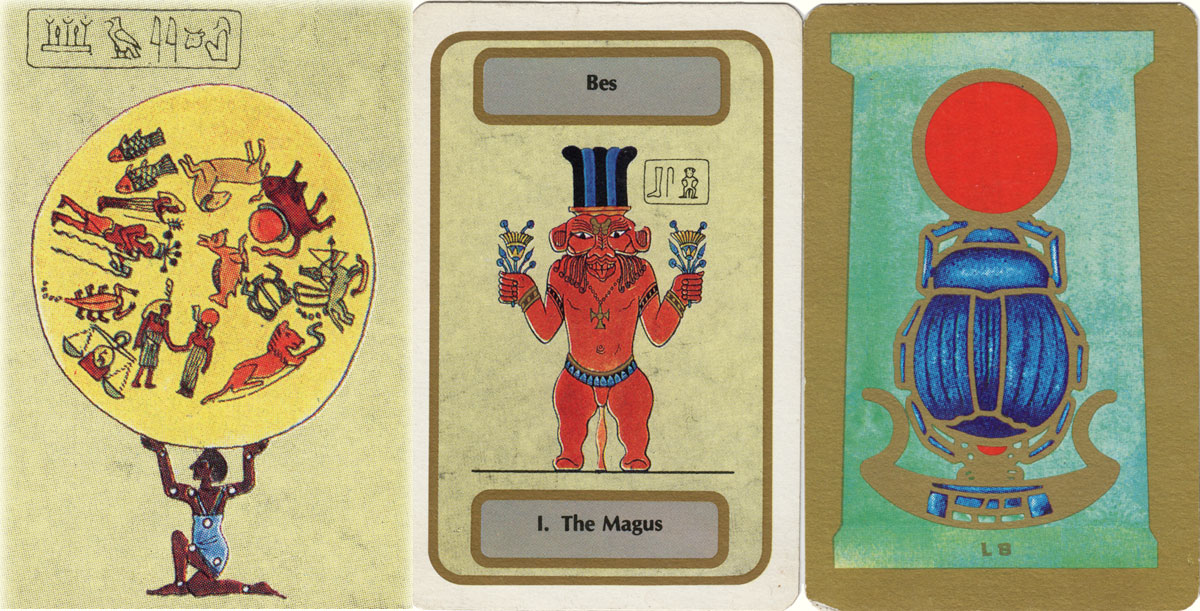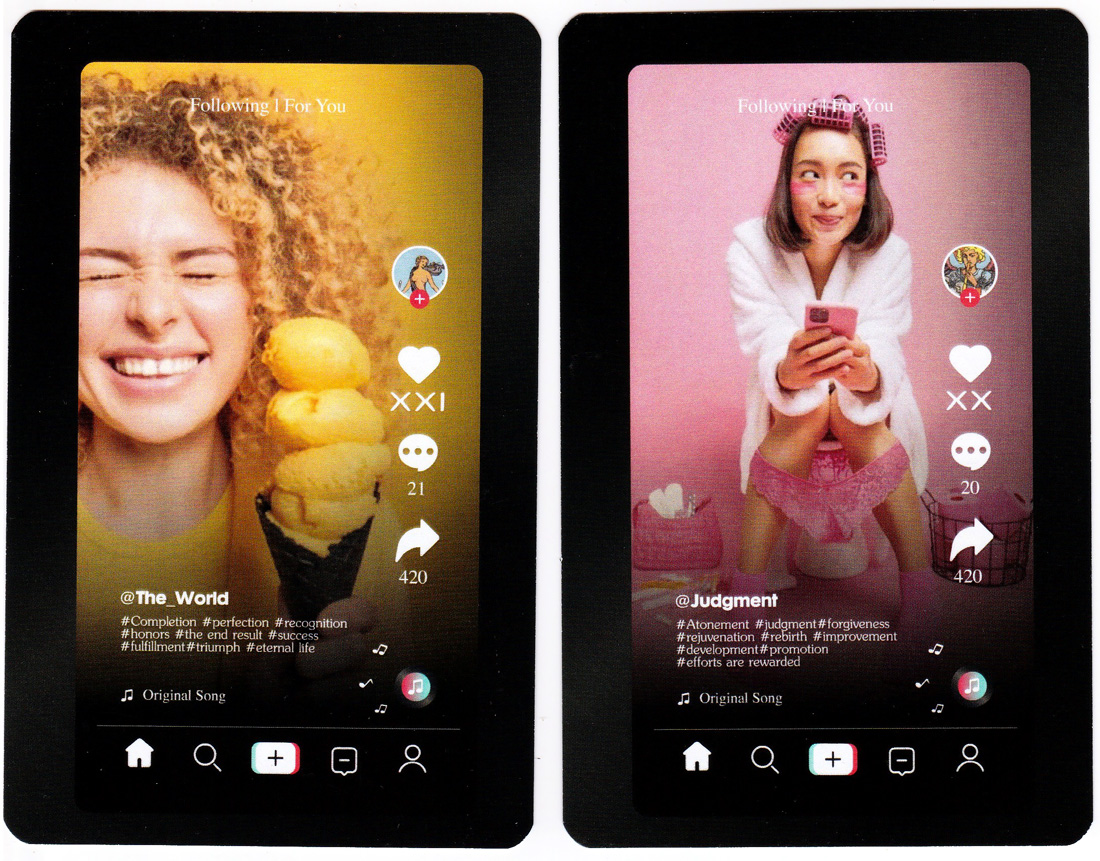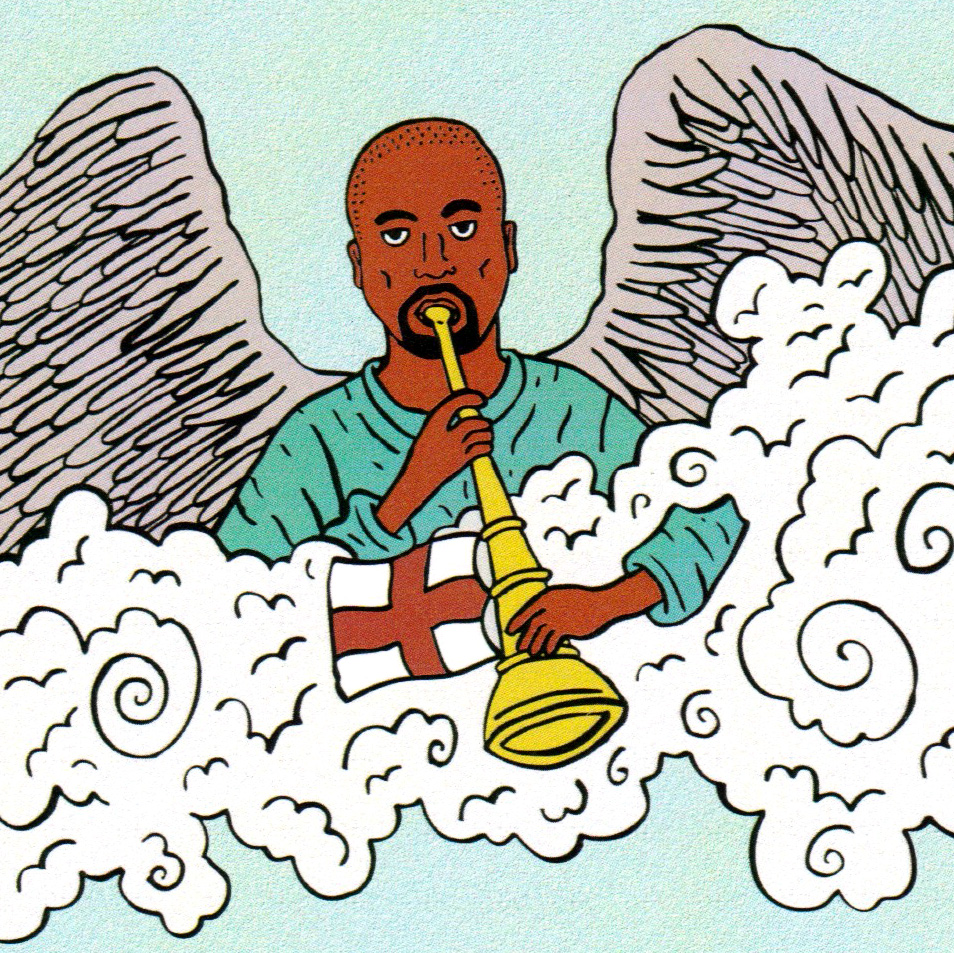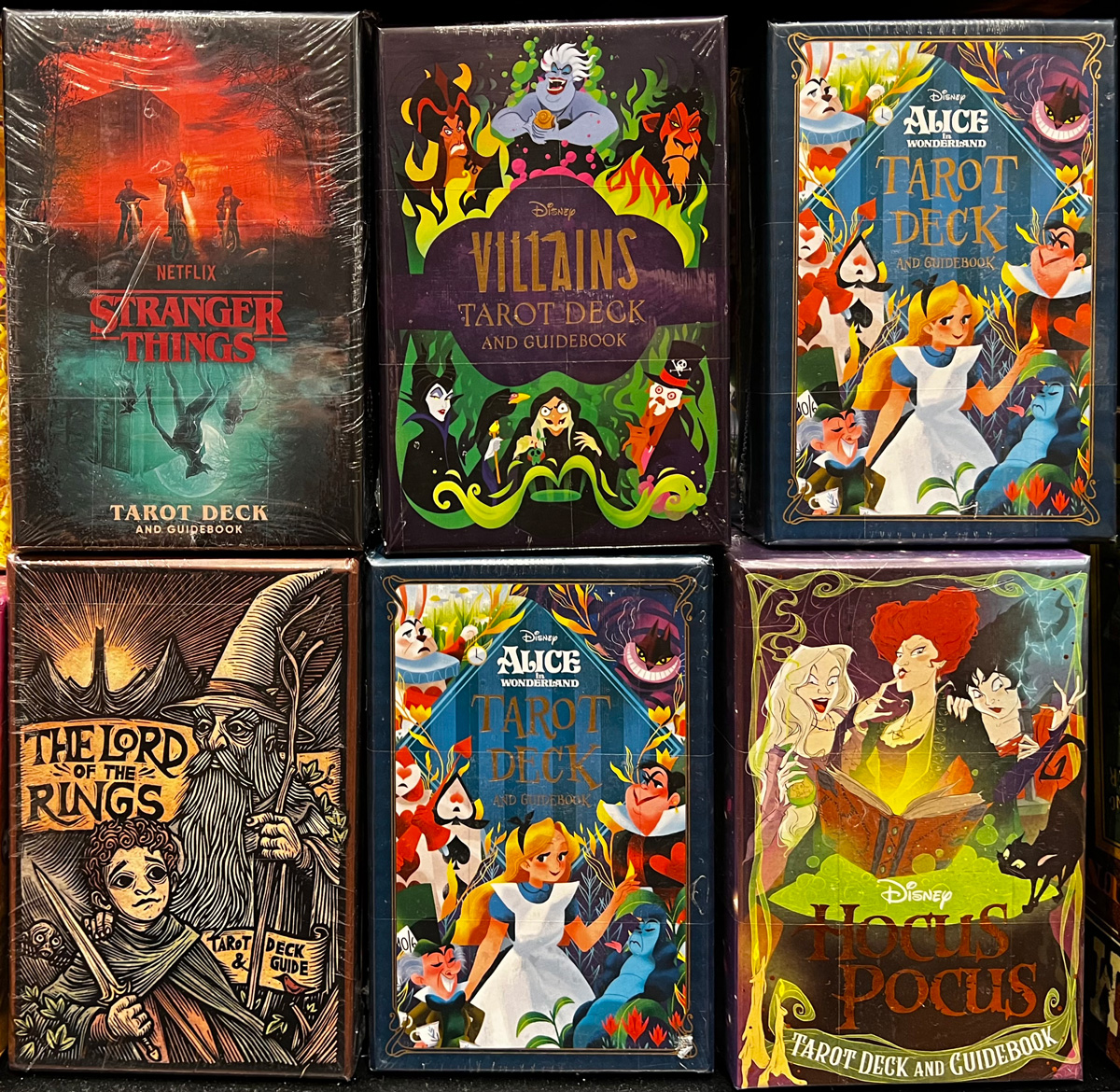Perspectives on the History of Tarot
Tarot, originally a 15th century card game from Italy, has evolved into a form of personal mysticism and spiritual exploration, offering new visions of expanding awareness.

ITALY is said to be the birthplace of the tarot, along with Italian-suited playing cards. This is why most tarot decks have Italian suit symbols. According to playing-card historians tarot was originally a card game invented in the fifteenth century whose principal innovation was the introduction of trumps into card games. Helen Farley (2009) reckons that Duke Filippo Maria Visconti of Milan is “the most likely candidate for inventor of that first deck, sometime early in the fifteenth century”. Thus the game of tarot uses an augmented deck (78 cards) of early Italian playing cards, born in a particular cultural milieu; southern Europe during the Middle Ages.
Christian symbolism meets hidden heresies.
That is the straightforward, exoteric explanation which is easy to understand. The Church dominated public life but secret societies (like the Duke of Milan's court) explored alchemy, astrology and magic. There is also an esoteric side to Tarot, for those whose interest goes deeper. This involves all the varieties of philosophy and occult studies which have come down to us through the ages and are often revived and practised today. The tarot has aligned itself within this ancient tradition. Thirdly, many Tarot decks are created with beautiful artwork which is appreciated for its aesthetic value. Regardless of any esoteric interpretations, it is a format through which to create new imagery.In the earliest surviving examples the order of the trump cards as well as their iconography and symbolism varies, reflecting the unfolding worldview of the Renaissance. (If tarot had been invented somewhere else, say in South America, then it might have been Inca or Mayan world view). The trump figures were understood as analogies of universal principles, depicting man's place in the cosmos and the divine order of things at that time. There was an instructive or moralizing aspect to the imagery, perhaps aligned with the philosophical or spiritual yearnings of an élite circle. This made Tarot a form of cultural expression in itself: an identity statement.
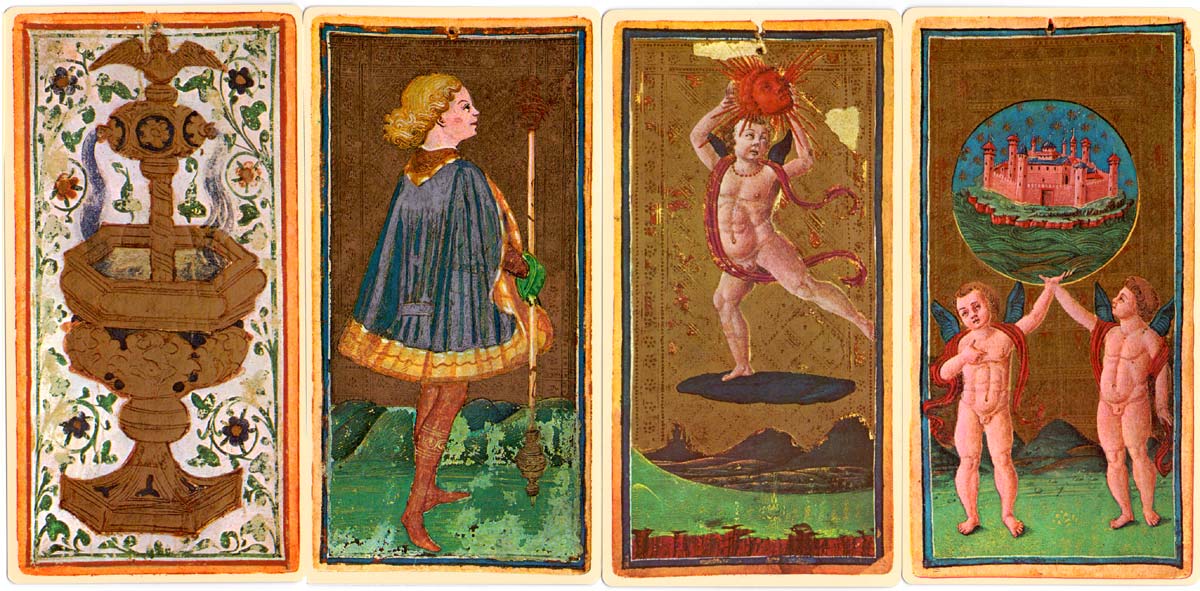
Above: the Visconti-Sforza Tarocchi, c.1460, produced for wealthy and status-conscious elites, outwardly pious... more →
Although the divinatory aspect of tarot didn't became popular until the 18th century, Christianized pagan imagery did appear in some earlier tarocchi decks, including encoded critiques of church authority. There are cases with interesting mixes of intellectual influences in which the symbolism may have constituted a metaphysical system, mirroring Christian eschatology but blended with hermetic ideas.
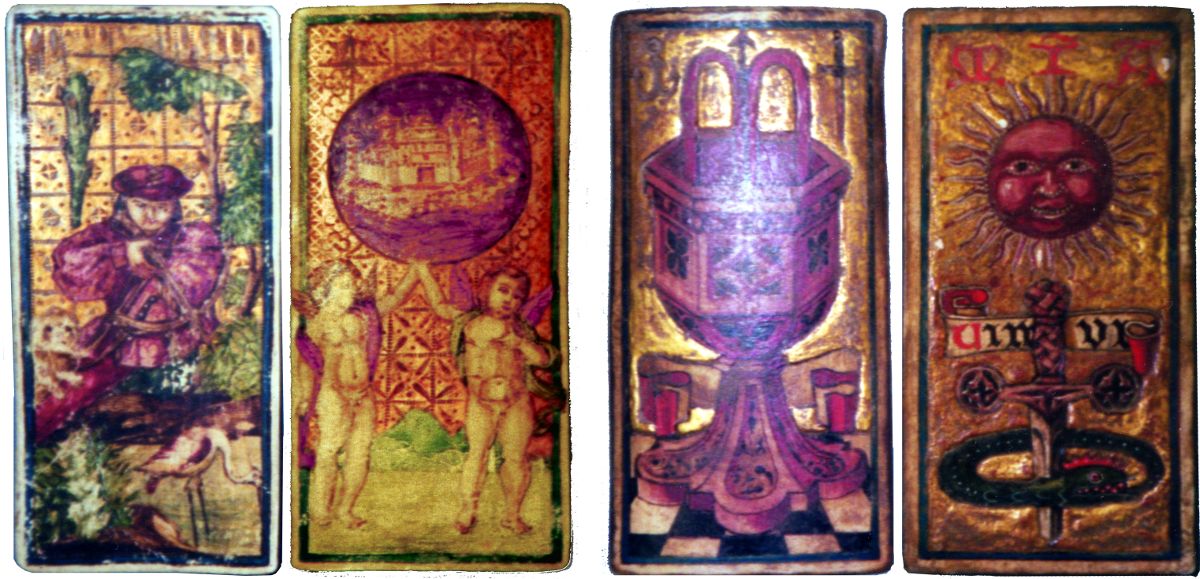
Above: the 4 “Guildhall Library Tarocchi Cards” from the Worshipful Company of Makers of Playing Cards collection of historic playing cards, believed to have been painted during the 15th century. These are hand-painted and gilded by an illuminator, reckoned to be two pairs of cards from two different decks owing to differences in their size. The Guildhall catalogue records both pairs as having been found in an old chest in Seville (Spain) suggesting the possibility of Sephardim Jewish or other mystical influences. The Page of Batons has a Spanish-type club and is not holding his suit symbol as is common in all known Italian cards. He is depicted in a hunting scene, perhaps denoting moral strength and virility. The cards have no titles or numerals, so their sequence or hierarchy was presumably familiar to the players. The World card shows the New Jerusalem cantered on the rebuilt Holy Temple. The black and white chequered floor tiles on the ace of cups suggest the dualistic nature of the material realm upon which the spiritual life is rebuilt through practising higher moral virtues. The ace of swords (or Sun) suggests the idea that the endless cycles of birth and rebirth can be penetrated by spiritual wisdom. And we can also observe that the suit symbols were batons, cups, swords… and probably coins… [Images by kind permission of the Worshipful Company of Makers of Playing Cards Collection and the London Metropolitan Archives, City of London Corporation].
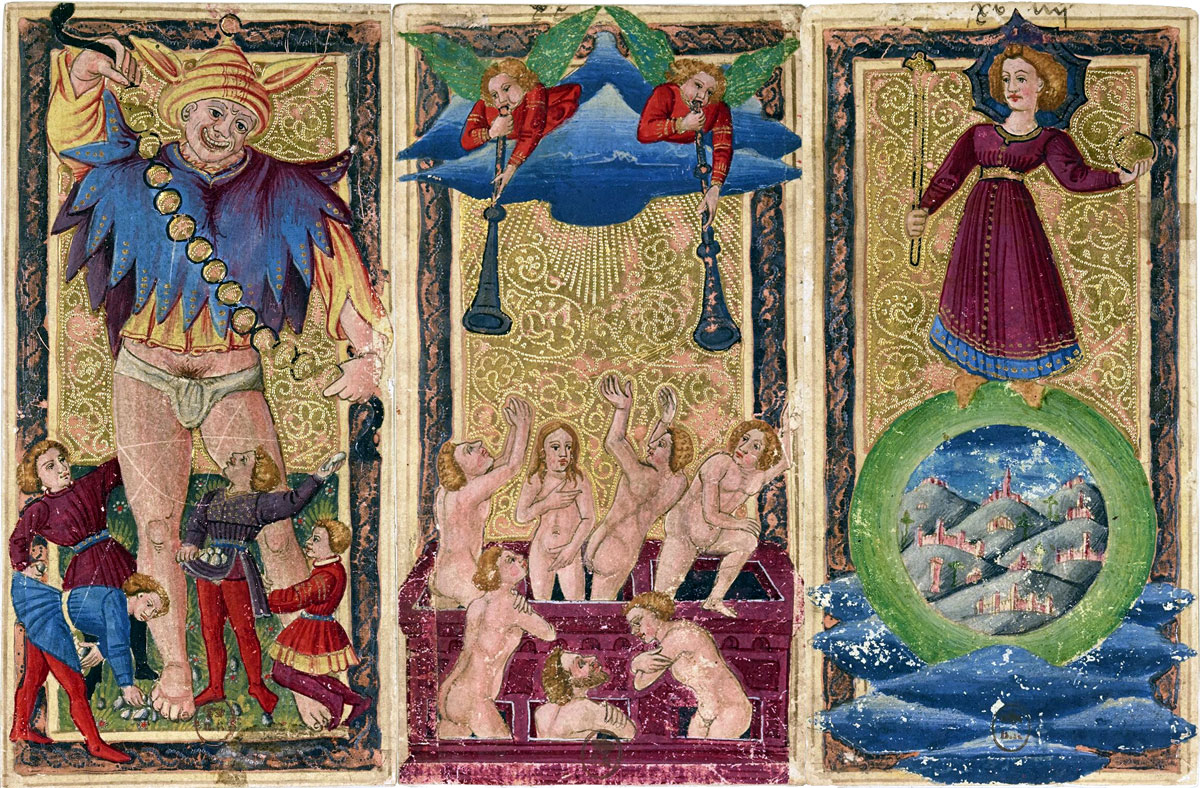
Above: an interesting mix of intelletual influences can be seen in this late 15th century hand-painted tarot from Italy. The Last Judgement mirrors Christian eschatology but also hermetic rebirth more →
-
From its early beginnings, it had the potential to serve as a tool for expressing identity politics and the philosophical yearnings of those who engaged with it, rather than being limited to ordinary playing cards.
The Sola Busca tarot could have constituted an alchemical guide to esoteric initiation for a secret society more →
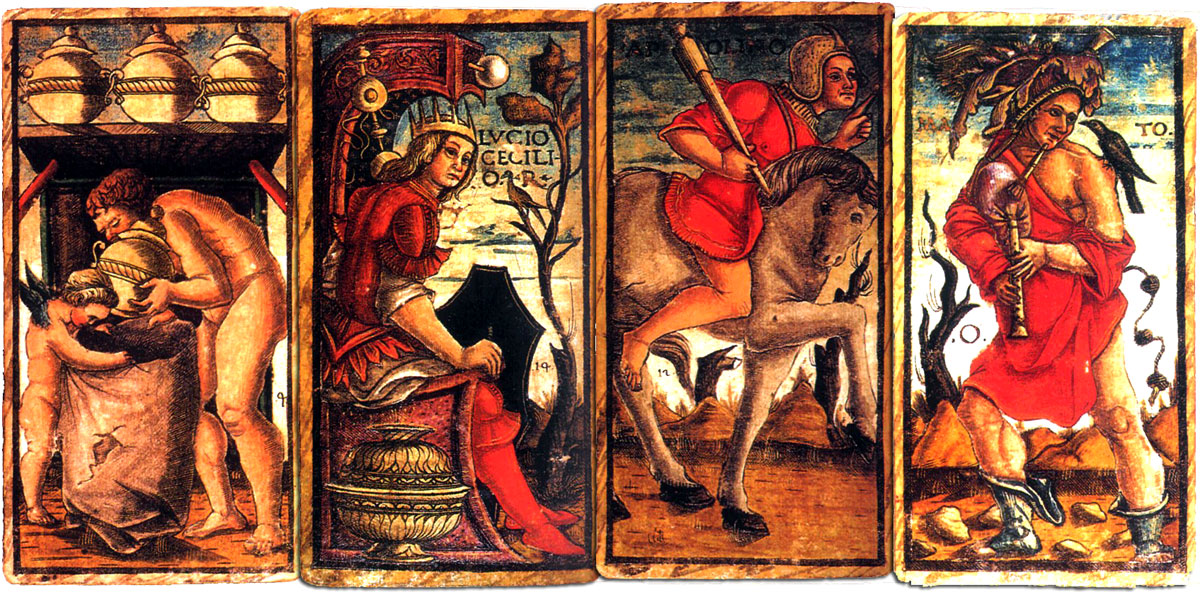
Above: four cards from the Sola-Busca Tarocchi, Ferrara, 1491 more →
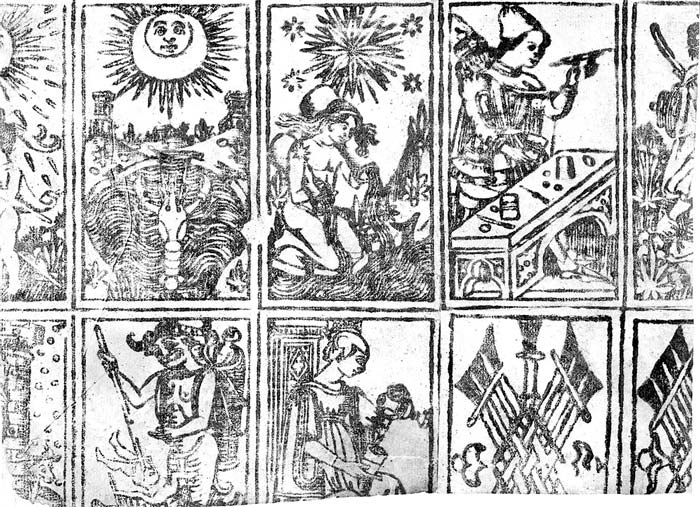
Above: detail from the Cary Collection uncut and uncoloured sheet of tarot cards (housed in the Beinecke Rare Book and Manuscript Library, Yale University in New Haven, Connecticut) probably printed in Milan and possibly dating as early as c.1500. The entire sheet is available for digital download here. The images are untitled and unnumbered, suggesting that players may have already known the sequence or hierarchy of trump cards in play from contemporary knowledge. Much of the imagery is recognisable as anticipating the more familiar Tarot de Marseille designs (see below) whilst other features are common to other early Italian decks such as the Visconti-Sforza and D'Este decks. Thus it looks like a prototype or intermediate form of the Tarot de Marseille design.
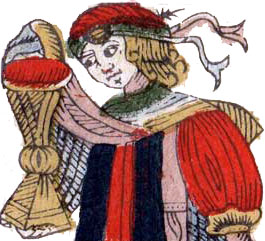
-
Tarot de Marseille
The game spread in Europe from Ferrara, Bologna and Milan towards Germany, Switzerland and France, where the Swiss Tarot and Tarot de Marseille were eventually born. The French word ‘tarot’ derives from the Italian ‘tarocco’. The Tarot de Marseille derives from the Milanese style of tarot, with the names of the court cards and trumps added at the bottom. It first began appearing in the mid 1600s. Speaking of the Tarot de Marseille, Alejandro Jodorowsky and Marianne Costa (2009) see the tarot as sacred art, like a Mandala (Yantra in Hinduism), in which all the individual symbols are part of the whole. Its meanings gradually reveal themselves to us, intuitively.
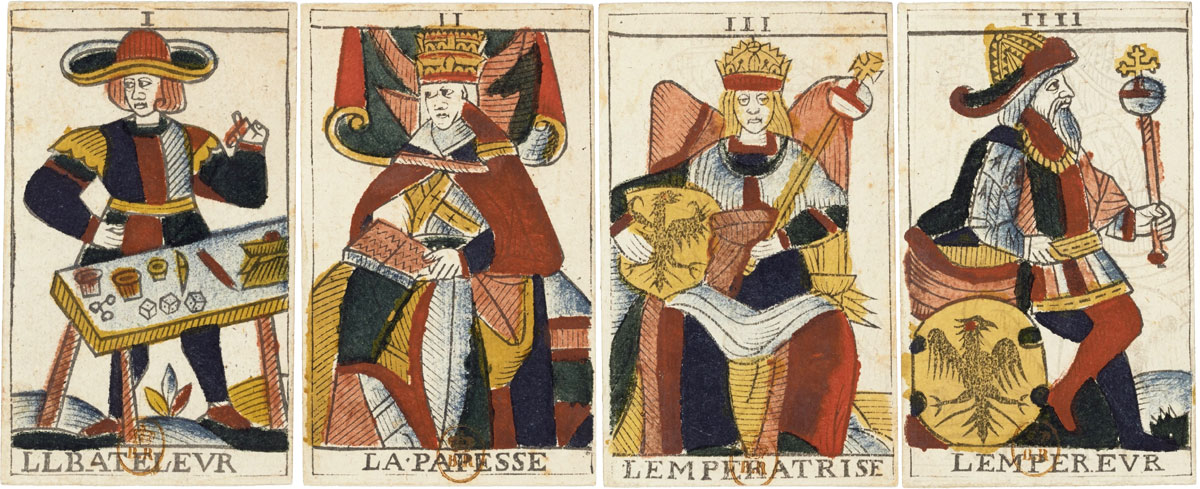
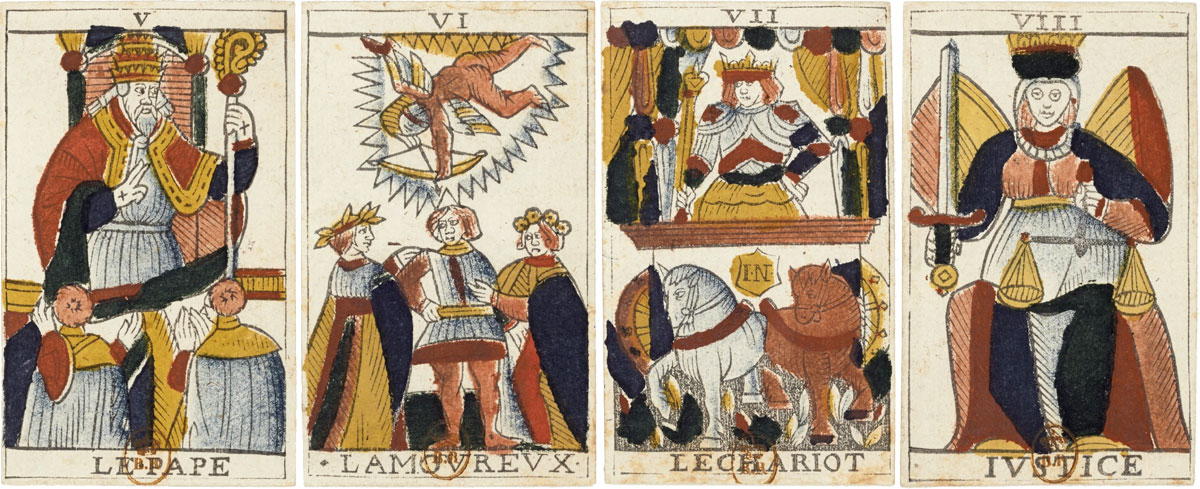
Above: the earliest known ‘Tarot de Marseille’ deck produced by Jean Noblet, Paris, c.1650.
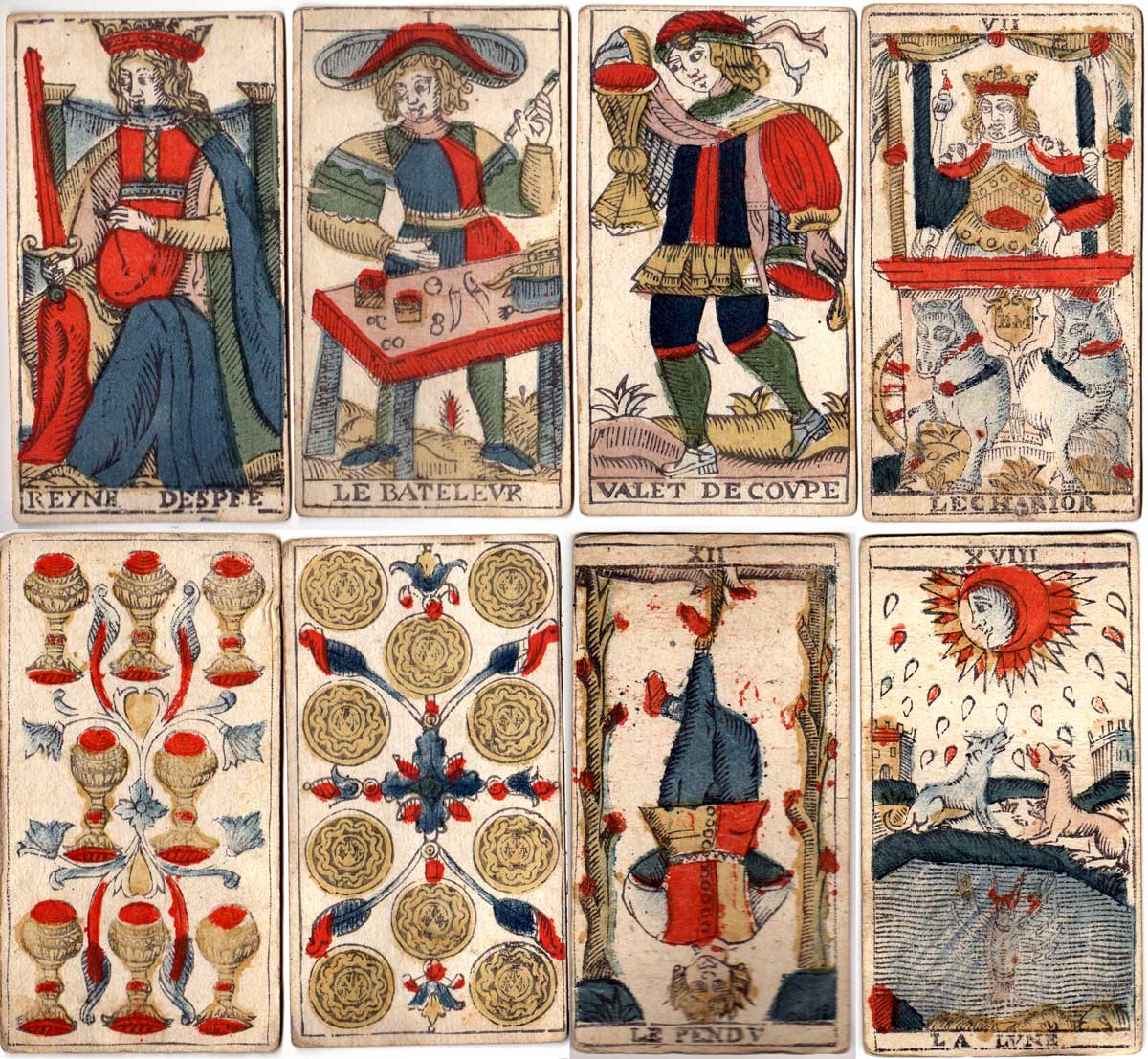
Above: Tarot de Marseille by Jean-Baptiste Madenié, Dijon, early 18th century. The page of cups holds his cup upwards, open to above, whilst the Magician also holds his wand aloft and the queen her sword. They all glance downwards. The trump cards are named and have Roman numerals to designate their value during play. Images courtesy Frederic C. Detwiller.
-
Animal and Mythological Tarots
By the mid 18th century Tarot packs with French suit signs were being produced in France, Austria, Switzerland and Germany with trumps displaying exotic animals, popular imagery, dancing, folklore, historical scenes - see examples. These were for playing the game of Tarock (not cartomancy or divination).
-
Egyptian Tarot
-
1750-1800: the occult and divinatory origin of Tarot - Antoine Court de Gébelin (1725-1784)
D
uring the late eighteenth century, the Tarot was imbued with an air of mystery by Antoine Court de Gébelin in Volume VIII of his encyclopedic work Le Monde Primitif (1781). He proposed a theory linking the cards to ancient Egypt, suggesting they held philosophical and divinatory secrets. This gave the Tarot an exotic, esoteric allure, though his claims were speculative rather than historically grounded.
Above: excerpt from Court de Gébelin's treatise Monde Primitif (volume 8, p.366, 1781), in which an exotic Egyptian origin is proposed for the allegorical images in the Tarot deck. At the end is a comparison with the invention of chess in India (6th century). Source: Internet Archive Monde Primitif vol.8

Above: six images from Court de Gébelin's treatise Monde Primitif (volume 8, p.720), Source: Internet Archive Monde Primitif vol.8
Later mystics expanded on these myths, weaving the Tarot into a grand narrative of "secret wisdom" and occult tradition. The so-called Egyptian Tarot became a Western confection, part Romantic-era fantasy, part esoteric invention akin to Indiana Jones-style archaeology. Entertaining? Certainly. Historically accurate? No.
-
Etteilla - Jean-Baptiste Alliette (1738-1791)
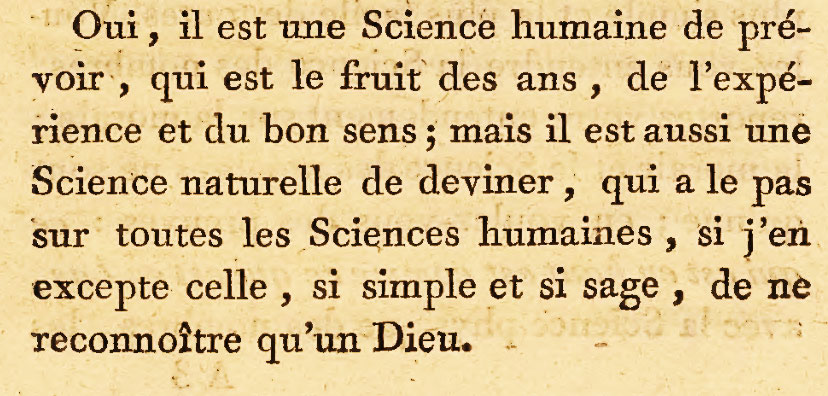
Above: according to Etteilla: "There are two kinds of knowledge: one comes from experience and wisdom, and the other is natural intuition. Intuition is greater than all other human knowledge, except for the simple and wise belief in one God."
The first pack specifically designed for cartomancy was created by Etteilla, engraved by Pierre-François Basan (1723-1797), published in 1788 as a hand-coloured tableau. This deck, a radical departure from the Tarot de Marseille, was steeped in imagined Egyptian symbolism. Three main versions followed:
- Grand Etteilla I (closest to the original, published by Pierre Mongie l’Aîné in 1826)
- Grand Etteilla II (Simon Blocquel, 1838)
- Grand Etteilla III (De La Rue, 1867)
These decks were about as authentically Egyptian as Disney’s Aladdin is authentically Arabic.
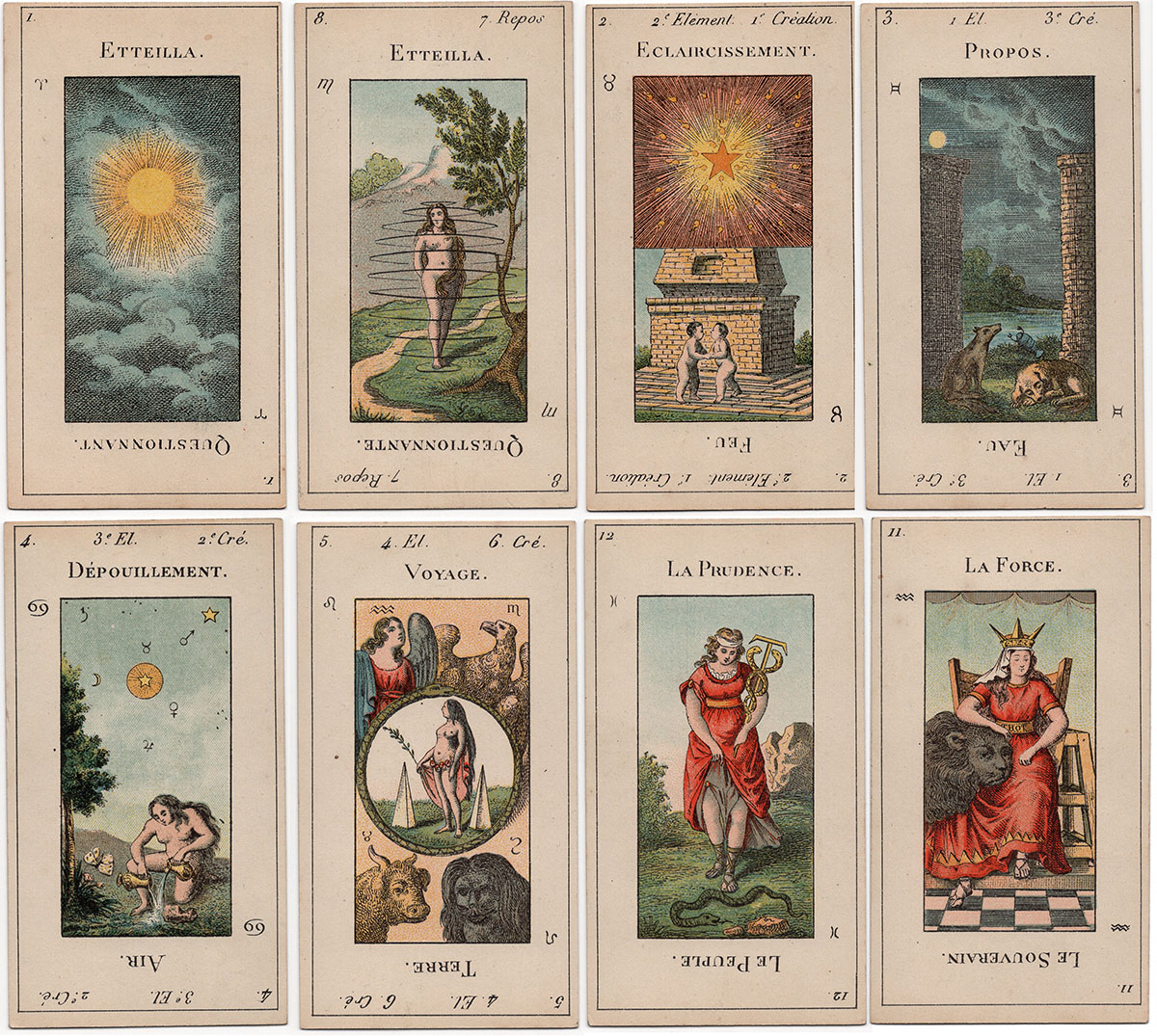
Above: Etteilla I Egyptian-inspired tarot, with faux-Egyptian symbols, published by Grimaud, Paris. Images courtesy of Adam West-Watson.
Etteilla further muddied the waters with a series of monographs (1788 onward) on cartomancy and the Egyptian Book of Thoth, which only deepened the superstitious confusion rather than clarifying his system.
-
Eliphas Lévi (8 February 1810 – 31 May 1875)
Éliphas Lévi, another influential 19th-century French occultist, reshaped Tarot’s esoteric legacy. In works like Transcendental Magic he connected the cards to the Kabbalah and Hebrew mysticism, framing them not as mere fortune-telling tools but as a symbolic map of cosmic and human mysteries. His theories became foundational for modern occult Tarot.
-
Papus (13 July 1865 – 25 October 1916)
Papus (Gérard Encausse) further developed these ideas in The Tarot of the Bohemians (1889), blending Kabbalistic, Hermetic, and Egyptian influences into a comprehensive divinatory system. His work cemented the Tarot’s place in Western esotericism.
Below are two Latin-American Egyptian tarots which incorporate many new symbolic references mapped onto the cards:
See also: Ramses II Tarot from Peru. c.1975►
In summary: the "Egyptian Tarot" is a 19th-century Romantic and occult invention, stemming from Court de Gébelin’s theories and later expanded by figures like Etteilla, Lévi, and Papus. Studying it for ancient wisdom is like studying Indiana Jones for archaeology or Star Wars for astrophysics — fun, but not factual.
This fascination with "lost wisdom" arose alongside the Renaissance revival of classical studies, the Romantic era’s obsession with antiquities (Stonehenge, Druids, etc.), and later Occult Revivals and New Age spirituality. The Tarot, originally a 15th-century Italian card game, became a vessel for mystical, philosophical, and psychological ideas.
As René Descartes noted: “Nothing can be proved or disproved by unproved principles.” The rise of empirical science challenged symbolic mysticism, yet the Tarot endured, evolving into the diverse tradition we know today.
English occultists like Aleister Crowley and A.E. Waite developed new perspectives. Waite's tarot deck with artwork by Pamela Colman Smith includes illustrated numeral cards suitable for divination and this has become a template for many modern decks. "The tarot embodies symbolical presentations of universal ideas, behind which lie all the implicits of the human mind..." A.E. Waite, The Pictorial Key to the Tarot, 1910.
-
Multidisciplinary Approach
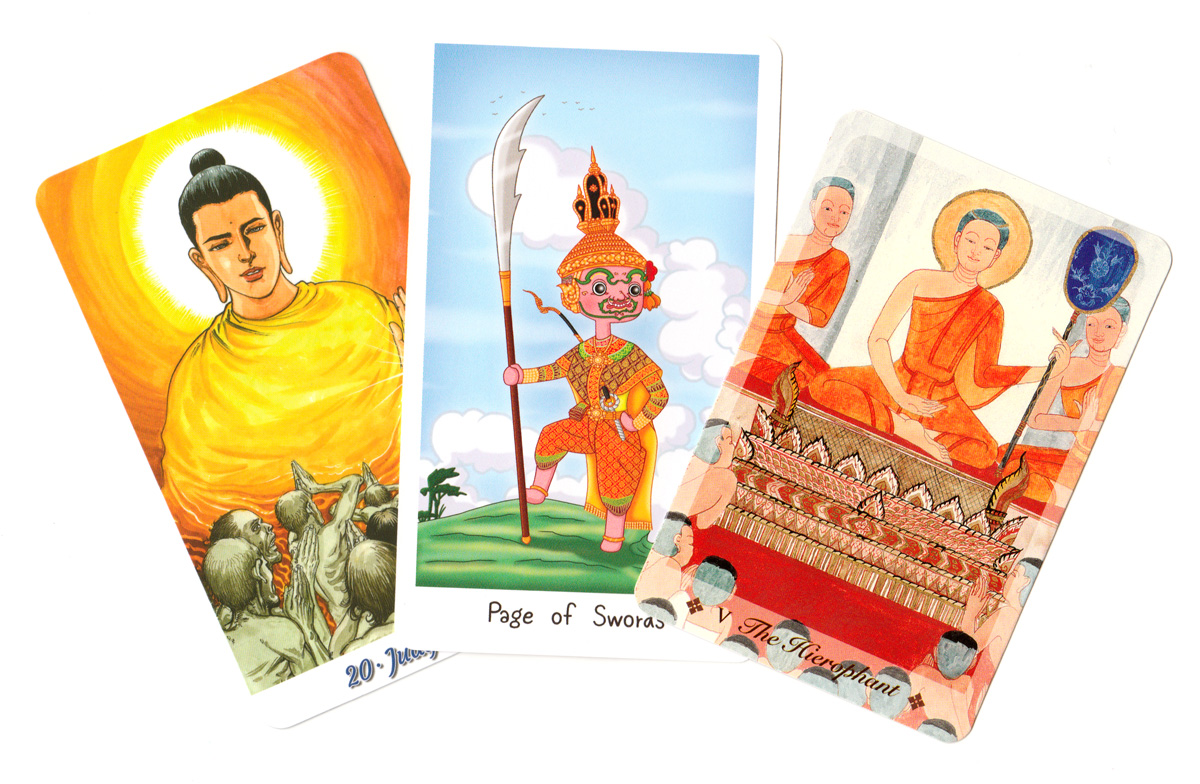
Above First Card: Judgement from the Thai Anatta Tarot showing a Buddha judging souls before they enter the afterlife.
Above Second Card: Page of Swords shown as a Thai Yak, or Giant Demons which play an important role within Thai mythology as well as Thai Buddhism.
Above Third Card: The Hierophant, sometimes refered to as the Pope, from the Siamese tarot, depicted as a Bodhisattva with 2 disciples.
Modern tarot packs now draw upon the teachings of a tremendous range of traditions, from Western esotericism and alchemy, Buddhism, Sufism and Egyptian initiations, to mystical Christianity, Gnosticism, Neoplatonism, Celtic mythology, Druidism… and so on (suggesting a symbolic resonance with them all). People have mapped whichever belief system or philosophy they fancy onto the tarot deck and then find they can quickly realise and develop an affinity with the symbolic images which become a source of meaning or guidance. It is now enjoying immense popularity in Far Eastern countries very distant from Western heritage (although many are following the Rider-Waite template).
For instance Thai tarot often features animist religious beliefs intermixed with Buddhism. Thai people believe that tarot can be used as a form of entertainment - they have a lot of fun with it. People think that's perfectly fine, they are using it in a positive way and not harming anyone. In Thai language people say they would "play tarot" the same way they "play Facebook".
Today's Tarot Studies come under a broad range of disciplines, the History of Art, Literature, Humanities and Cultural Studies. Many scholarly works are being produced. Topics range from historical studies and perspectives to practical interpretations of the cards, their images and symbolism. It has clearly become an eclectic, inter-disciplinary field.
-
Personal Mysticism and Spirituality
Tarot's widespread appeal stems from a desire to comprehend our role in the world without relying on religious institutions. The imagery and suit symbols can be associated with anything you like. By engaging with tarot one can unlock fresh perspectives, gain new insights or understanding. It serves as a tool for exploring the meaning of life on your own terms.
A lot of pop culture tarot decks are appearing, based on video games, Disney or popular literature; Lord of the Rings, Game of Thrones, Dungeons & Dragons. It seems that reading tarot has also become a party trick. Licensed tarot decks are often tie-in merchandise for films, TV series or brands which you might just buy because you’re a fan, for fun, and try them. Branded decks are popular with young people who can connect more easily with the messages which are given by these brands (Disney, Games of Thrones, Cyberpunk 2077, etc), they are easier to interpret when compared to the traditional symbolism.
-
Identity Politics
Identity politics became a noticeable trend in the middle of the 20th century and gained attention within different social and political movements. Throughout history, these movements have advocated for civil rights, racial justice, feminism, gender equality, LGBTQ+ rights, disability rights, Native American rights, etc. They all worked towards securing rights and acknowledgment for their respective communities. In line with these movements, tarot has been reimagined and modified to align with the goals and interests of various groups. It has evolved to become a tool for exploring and expressing these new identities.

Above: sex is more complicated than 'just two'. Gender identity and expression is a psychosocial construct with a spectrum of valid expressions, hence the rainbow flag. Each individual is unique and can define what spirituality means to them personally, without necessarily any outside institutions defining it for you. In certain periods, alternative spiritual beliefs were considered heretical and had to remain concealed. Tarot became part of a counter-culture that operated underground. However, in today's context, we embrace multiculturalism, allowing individuals the freedom to believe and practice as they choose. This openness has led to an abundance of diverse Tarot decks, reflecting the myriad perspectives and preferences of its practitioners.
We might surmise that many contemporary tarot packs are a sort of compendium of living experience, based on the artist’s creative and spiritual perspective of life. Modern tarot has also become part of the Western esoteric tradition and an effective divination technique that has roots in much older occult systems. [See Lewis Keizer, cited below]. Ultimately it is a question of what you want to believe…
There has also been a distinguished output of ENGLISH TAROT CARDS. By the 1870s a number of English occultists had begun taking an interest in the tarot more…
REFERENCES & RESOURCES
Anonymous, (translated by Robert Powell), Meditations on the Tarot, a Journey into Christian Hermeticism, Jeremy P. Tarcher, Penguin Group, USA, 2002. Copyright © 1985 by Martin Kriele. Online at Archive.com►
Benjamine, Elbert, (C. C, Zain) Astrological Signatures, Church of Light, 1925 & 2002. Chapter 1, The Two Keys►
de Gébelin, Antoine Court, Monde Primitif, analysé et comparé avec le monde moderne (vol.8), Paris, 1781.
Dummett, Michael: A Brief Sketch of the History of Tarot Cards, The Playing-card, Journal of the IPCS, vol.33 no.4, Apr-June 2005.
Dann, Kevin Etteilla's Livre de Thot Tarot (ca.1789), The Public Domain Review, Oct 2022.
Etteilla: Collection précieuse des tableaux de la Doctrine de Mercure dans laquelle se trouve le chemin royal de la vie humaine, 1788, BnF.
Farley, Helen: A Cultural History of Tarot, published in 2009 by I.B.Tauris & Co Ltd.
Fontainelle, Earl: The Secret History of Western Esotericism►
Hunt, Ellie: When the mystical goes mainstream: how tarot became a self-care phenomenon►
Jodorowsky, Alejandro and Costa, Marianne: The Way of the Tarot, Destiny Books, 2009.
Keizer, Lewis: The Esoteric Origins of Tarot: more than a wicked pack of cards, included in The Underground Stream by Christine Payne Towler, Noreah Press, 1999. Can be found here►
Orsini, Julia; Lemarchand, Mlle; d'Odoucet, M. M.; Høgnesen, Marius (translator); The Grand Etteilla, self-published, 2021.
Penco, Carlo: Dummett and the Game of Tarot, Teorema, 2012
Poncet, Christophe: The Mysteries of the Tarot of Marseille, online: www.3x7.org►
Wintle, Prier: Attributes of the Egyptian Tarot: Attributes of the Egyptian Tarot►
Thanks to Samten de Wet for additional research and tarot material►
By Simon Wintle
Spain • Member since February 01, 1996 • Contact
I am the founder of The World of Playing Cards (est. 1996), a website dedicated to the history, artistry and cultural significance of playing cards and tarot. Over the years I have researched various areas of the subject, acquired and traded collections and contributed as a committee member of the IPCS and graphics editor of The Playing-Card journal. Having lived in Chile, England, Wales, and now Spain, these experiences have shaped my work and passion for playing cards. Amongst my achievements is producing a limited-edition replica of a 17th-century English pack using woodblocks and stencils—a labour of love. Today, the World of Playing Cards is a global collaborative project, with my son Adam serving as the technical driving force behind its development. His innovative efforts have helped shape the site into the thriving hub it is today. You are warmly invited to become a contributor and share your enthusiasm.

Related Articles
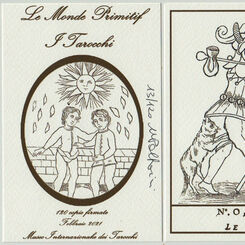
Le Monde Primitif Tarot
Facsimile edition produced by Morena Poltronieri & Ernesto Fazioli of Museo Internazionale dei Taroc...
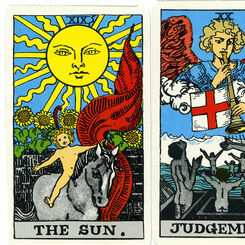
Albano-Waite® Tarot
Recoloured version of the Rider/Waite/Smith tarot produced by Frankie Albano, 1968.
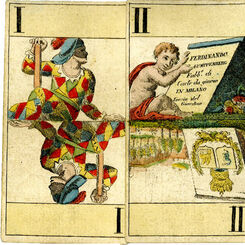
Natural History Tarocchi
Natural History Tarocchi by Ferdinando Gumppenberg, Milan.
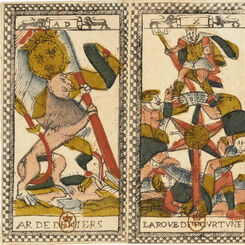
The Parisian Tarot
The “Parisian Tarot”, early 1600s, with imagery and design synthesizing several influences.

Jean Noblet Tarot de Marseille
Jean Noblet: the oldest known ‘Tarot de Marseille’ deck, Paris, c.1650.

Iohann Christoph Hes Tarot c.1750
Facsimile of Tarot de Marseille by Iohann Christoph Hes, Augsburg, c.1750.
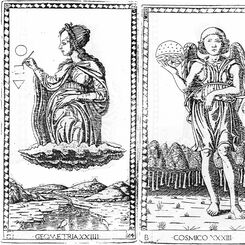
Tarocchi di Mantegna, c.1465
The so-called Tarocchi di Mantegna (c.1465) reflect an ideological structure bringing to mind the so...
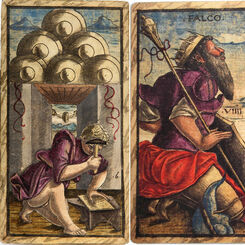
Sola-Busca Tarocchi
The Sola-Busca Tarocchi, c.1491
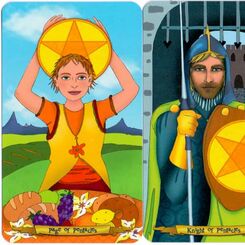
Nine Lives Tarot
Nine Lives Tarot by Annette Abolins represents the artist’s creative and spiritual perspective on li...
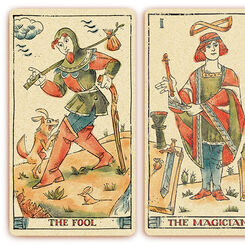
Tarot of Musterberg
Designed by Cesare Asaro to simulate decks from the 1700s or earlier, the Tarot of Musterberg is bas...
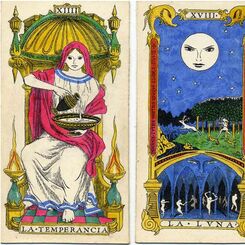
Oliver Mundy tarot
Original Tarot designs in Italian Renaissance style by Oliver Mundy.
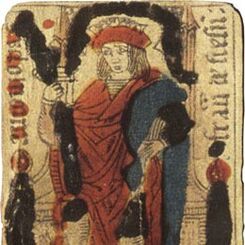
The Combination of Images and Text on early playing cards
When playing cards have titles or legends these reference a written/literary tradition of some form....
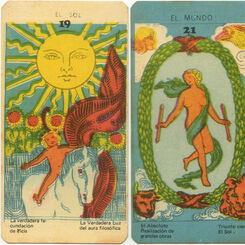
Ramses II tarot
Ramses II Tarot deck was published c.1975 in conjunction with a Peruvian occult or esoteric magazine...
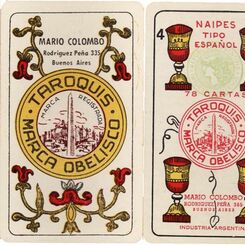
Taroquis ‘Obelisco’
78-card 'Taroquis Marca Obelisco' published by Mario Colombo, Buenos Aires, during the 1950s, 60s & ...
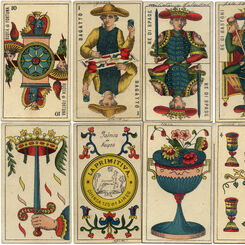
Tarocco Piedmontese by Fabrica de Naipes La Primitiva, Bs Aires
Tarocco Piedmontese by Fabrica de Naipes La Primitiva, Defensa 125, Buenos Aires c.1890.
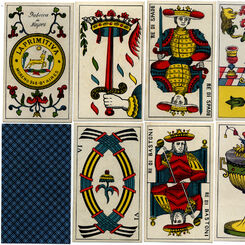
Tarocco Piedmontese, Buenos Aires c.1900
Tarocco Piedmontese by Fabrica de Naipes La Primitiva, Moreno 248, Buenos Aires c.1900

Tarots Egipcios Kier
The “Tarots Egipcios” was first published by Editorial Kier S.A. in c.1971 with Spanish titles, with...
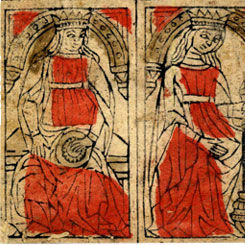
XV Century Italian Playing Cards
Cards from a pack of an early form of north Italian playing cards, with the swords back-to-back and ...
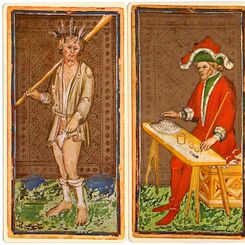
The Visconti-Sforza Tarot, c.1460
This pack of tarot cards appears to have have been made in the Bembo workshop in Cremona for Bianca ...
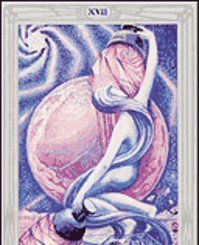
English Tarot Cards
The game of tarot was not widely accepted in England until the 1870s when a number of English occult...
Most Popular
Our top articles from the past 60 days


